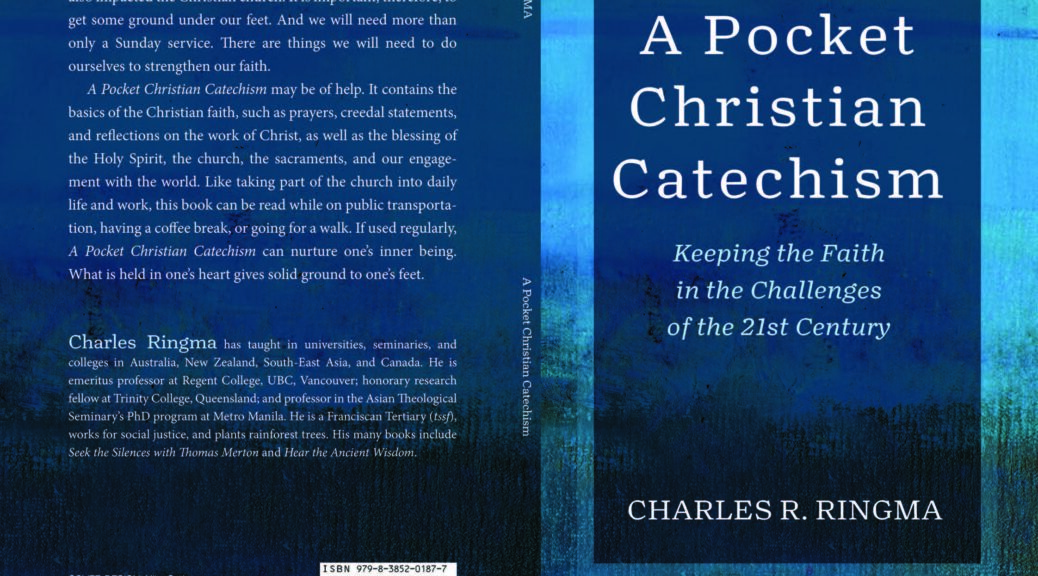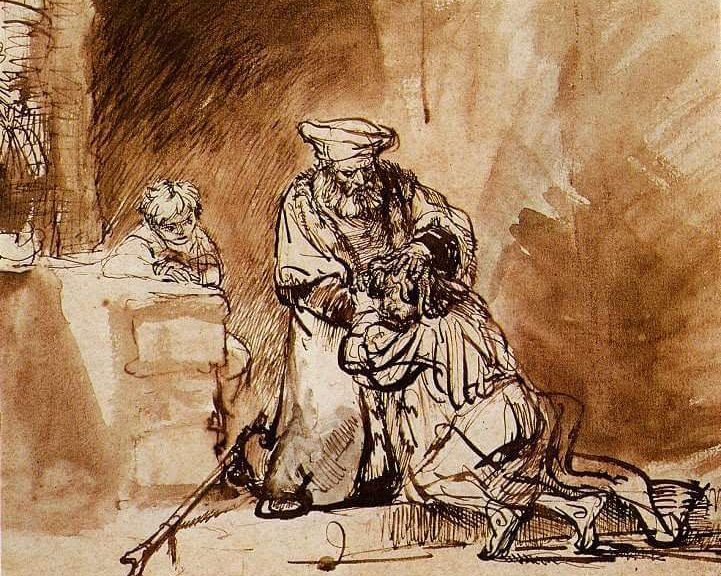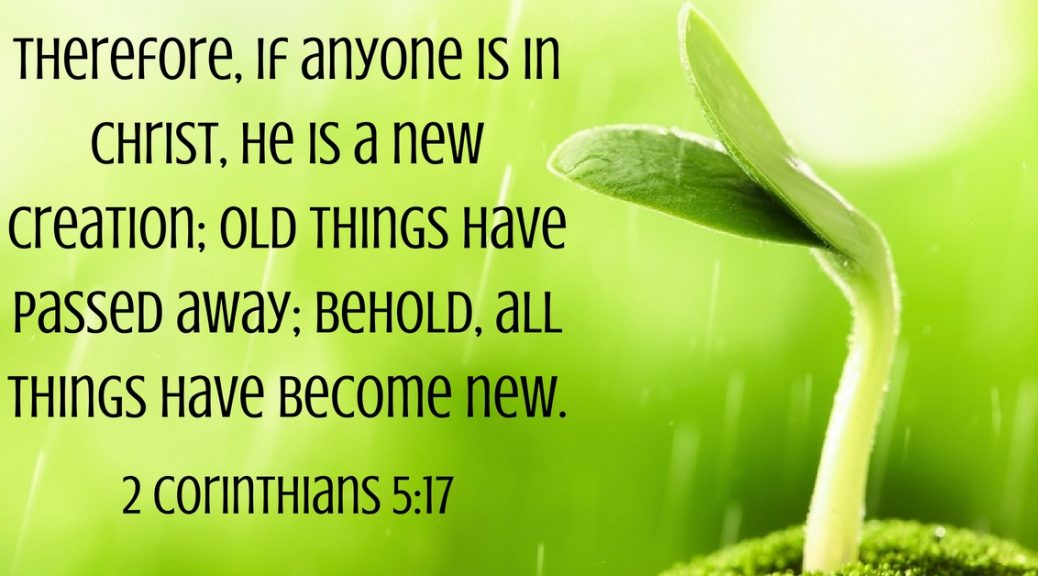Third Order meeting July 6, 2024 Dorothy Swayne, our Founder
1. GREED AND GOD (POVERTY)
The Roaring Twenties: World War 1 and the so-called Spanish flu slowed the world right down in the 1910s. It would be a little like being on lockdown from 1914-1920, six years of feeling afraid, six years of wondering which loved one would be killed next by war or infection, six years of penny-pinching, making material sacrifices of all kinds for the war effort and then the pandemic.
So, historians are not surprised that wild partying, new cheeky fashions, and material extravagance burst out in the 1920s.
Dorothy Swayne was born in June 1887. Her father William Swayne was an Anglican priest, her mother Emma was an outgoing, intelligent woman who shone at hospitality. Unlike very few women of her time, Dorothy studied at Oxford University, where she did well in her studies, but was most proud of being Captain of Boats.
She was on track to finish her degree when in 1909 her mother Emma became very ill, so she returned home to care for her dying mother without completing her B.A.. When Emma died after a long illness, Dorothy continued to look after the household, including being hostess for her father.
William, meantime, was quickly promoted to better and bigger parishes. He was appointed to lecture theology in his early 30s, and became Dean of Manchester and then consecrated Bishop of London in 1920. William married again, to Madeleine Farquason, leaving Dorothy free at the beginning of the twenties for her to get married or to have her own career. She chose the latter.
Dorothy worked as Warden for two ‘Settlements’: these establishments were part accommodation for women who were working in London and needed a home and part refuge for women made homeless by violence or harsh circumstances. She enjoyed this work and began thinking about the kind of spirituality this new breed of working women needed. She also observed the underside of the roaring decade, the poverty and the misery of the very poor.
Dorothy seems to have been a workaholic. She became ill in her second Wardenship and had to take some time off. After a time of reflection, she took her own advice about balancing work and life, and negotiated new terms with the Board of the Settlement; a Sub-Warden and more secretarial staff were appointed, so that Dorothy’s workload became more viable. The Board must have really wanted her to stay on to agree to these new arrangements.
Dorothy became more and more concerned about the materialism of the 1920s. She saw the connections between greed and both capitalism and communism. As an Englishwoman, she could particularly see the way Britain’s Imperial capitalism had kindled greed. The wealth gap was only widening and the poor were being left behind.
Dorothy researched the best way Christians could make a difference. Then as now, there is no easy answer.
I have just finished Polly Toynbee’s memoir called An Uneasy Inheritance, where she looks at her own and her family’s attempts to bridge the wealth gap. Toynbee sees English class, working class, middle class, upper class, as the main obstacle in bringing change.
As a journalist she undertook two large investigations on the working poor in England. In the first one in the 1980s, she worked alongside factory workers.
In the 2010s, she rented a flat in a decaying social housing tower, and learned how unsafe people felt – physically and emotionally. She tried for jobs, and experienced the difficulties of time and transport when the poor look for work. She got a job as a caregiver. She found that caregivers’ incomes are so low, their housing options so few, and cost of living increases so massive that they are like a car spinning its wheels in mud. They can’t get anywhere.
With her partner Guardian journalist David Walker, Toynbee organised focus groups with CEOs from the City – London’s banks and professional services. The highest paid CEO earned – if that’s the word – £6 million a year. That’s about $12 million Australian. All of them earned many times the mean wage of the workers in their companies. (‘Mean’ in both senses of the word… ‘mean’ – average and ‘mean’ – ungenerous, stingy.)
She reports that these executives did not think their salaries were in the top ten percent of incomes. They self-reported as being in the top half. Economists then showed them the graphs that proved that their salaries were not just in the top half. They were in the top 0.1%. They were paid not more than nine in ten of the economy, but more than one in a thousand. These clever CEOs, who had MBAs and accounting degrees, simply didn’t believe the charts the economists put in front of them.
They had no coherent idea how difficult it was for the poor to survive. ‘Of course their pensions are possible to live on,’ they said, ‘And if they only tried hard, they could better themselves. They’ve got public transport to get to jobs.’ When they were challenged that these comments didn’t match reality, they said, ‘We have the same problems. We are only trying to provide for our children as best we can.’
These plutocrats did not see how tax changes, wealth taxes like inheritance tax and capital gains tax, could possibly help the poor. The taxes they do pay, they believe, just go into a black hole, so it’s best to pay as little possible. And of course, the very rich do structure their money so that it is not taxable anyway.
(I do recommend Polly Toynbee’s book. It is called An Uneasy Inheritance and it is in the Public Library system.)
This was the same dilemma Dorothy Swayne confronted in the 1920s. She concluded that one effective solution for concerned Christians was to be poor with the poor. She thought that the idea of a Franciscan Third Order, attached to First Order Friars provided the structure, the spiritual underpinning and the support that we need.
Dorothy was aware of the same dilemma in her life that confronted Polly Toynbee: you can help the poor, you can patronise the poor, but how do you divest yourself of the middle-class advantages she had and be poor with the poor?
Dorothy ‘s education meant she was articulate; she could advocate for herself and for others. She owned her own cottage. Because of her poor health she needed stable accommodation. Her brother was a General who commanded all allied troops in the Mediterranean Sea in 1945. Her father was a bishop, so her family could easily get things done. When she was very sick, she moved back to her father’s house.
She knew she had good reason not to throw out all these advantages. It was also difficult to jettison them.
Saint Francis showed us a radical way of being ‘poor with the poor’. But the point of the Third Order has always been to be people in the world sustained by the general economy.
In 2024, as Tertiaries we still try to straddle the distance between poor with the poor yet retaining the things we need to live in the world; our jobs and our pensions and our Government packages. Good cars, smart-phones, computers, well-appointed kitchens, and, for some of us, houses and money in the bank. How do you give it away – or live with it – so that it makes a real difference?
Questions:
1. What is your emotional reaction to the reports of top CEOs not understanding their comparative wealth?
2. What is the poverty in your street, in your community, that you could respond to?
3. Is the Franciscan vision too idealistic to ever work, to ever make a difference?
Hymn 674 Inspired by Love and Anger
2. FORMING FRANCISCANS (OBEDIENCE)
The Third Order (UK) begins
1931 Dorothy Swayne gathers the first Tertiaries and looks for a First Order to partner this new Third Order.
Fr Jack Winslow’s ashram in India, Christa Seva Sangha has a Rule which includes men and women, married and not, all together.
Fr Algy goes to India, and reforms CSS. Christa Prema Seva Sangha’s new Rule is inspired by St Francis of Assisi and separates First Order from Third Order members.
Suffering from illness, Fr Algy returns to England.
Fr Winslow also returns to UK
With Dorothy Swayne, Fr Algy revises the CPSS Rule. This new Rule is for First and Third Orders.
Stories are told of meetings for this revision in Dorothy’s London club and in Algy’s posh London club.
1934. Dorothy Swayne and Fr Algy join First Order groups, including the Brotherhood of Saint Francis, the Society for Divine Compassion, and Tertiaries (including Dorothy’s Tertiaries) to become THE SOCIETY OF SAINT FRANCIS.
Fr Algy SSF is appointed Father Guardian of the new Third Order. Dorothy Swayne is Assistant Guardian, Novice Mistress and Organising Secretary. They both hold these positions on the Third Order Council for many years.
As Novice Mistress, Dorothy requires obedience to the Council in most aspects of a Tertiary’s life: she approves (or not) any additional spending, she approves (or not) Tertiaries being engaged to be married.
As she is herself under Spiritual Direction, and this fits with the contemporary understanding of poverty in Third Order life, it is perhaps not as intrusive as it sounds to us.
Sources
Denise Mumford tssf, Martha.
Petà Dunstan, This Poor Sort.
Sir Hugh Beach tssf (correspondence)
SSF, The Book of Roots.(in our novice kit)
Questions:
1. As Tertiaries, we are ‘under obedience’ (4.2d(9) of the TSSF Constitution).What does this mean for us individually? To whom are we obedient? To what extent are we obedient?
2. ‘The Rule of the Third Order is intended to enable the duties and conditions of daily living to be carried out in this spirit (of Poverty, Chastity and Obedience)’ (The Principles, Day 4, The Object). How can this freedom and our obedience be reconciled?
3. The idea of Obedience has changed since the early days of the Order. Do we use the reality of change to water down our understanding of Obedience?
Hymn All the Hungry, All the Thirsty, Elizabeth J. Smith
3. HIDDENNESS AND PRAYER/WORK BALANCE (HUMILITY)
Dorothy Swayne wrote at least two books on prayer for women, taking account particularly of the new working woman.
Very contemporary.
Dorothy’s name appears nowhere in these books. They are written by ‘Martha’, her nom de plume, and very few people knew that Martha was Dorothy.
She believed strongly in the HIDDENNESS of the Christian life. People should find our way of life so alluring that people ask why we behave as we do. We should not advertise that we are Christians. And especially, and most strictly, Dorothy compelled Tertiaries to be ‘hidden’ about the Third Order. The Third Order Manual was marked ‘CONFIDENTIAL’, and Tertiaries were instructed to never show anyone outside the Order even the cover of the Manual, without a good and over-riding reason.
Dorothy offered to write a history of the Order in the 1940s. After discussing the idea at the Council, Fr Algy ruled against it on the grounds of ‘hiddenness’. Dorothy apparently accepted this under obedience. Later, she did write a short account of the beginnings of the Third Order which she showed to no one. In her will, she instructed her nephew Geoffrey to give it to Brother Michael SSF. As Tertiary Denise Mumford writes, ‘The note [to Brother Michael] pointed out: ‘You do realise that this story is, at present anyway, entirely confidential.’ Brother Michael faithfully placed it in the TSSF Archive at Lambeth Palace in 1971, and it was never made public till [2014].’
There should be no outward sign of the Tertiary except for modest dress. Dorothy’s motto – and I can imagine her tapping the table as she repeated to her novices, ‘NO HABIT, NO BADGE’. This was radical: other Tertiaries, like the American Tertiaries of the same era, wore full habits.
Why did Dorothy consider hiddenness to be such an important value? Underlying this idea is HUMILITY, one of the Three Notes of the Order. We should not try to gain any status or benefit to ourselves from being a Tertiary. We should not deceive ourselves into believing that being a Tertiary makes us better in any way than any other person – than any other creature in fact.
I don’t think Dorothy was particularly interested in the clothes Tertiaries wear. Dorothy would have been aware of the Roman Catholic Tertiaries in Europe whose Rule required them to wear ordinary clothes of dull colour like brown or grey. She may have thought that was too close to a habit.
I think hiddenness also relates to the simplicity of our life. Spending money on special clothes which show membership of the Order goes against simplicity. I know many of us buy clothes at Vinnies or Anglicare and our choice should be mainly on comfort and size, not particular colours, although wearing bright colours should not be a problem for Franciscans: you may remember Sister Angela from the Community of Saint Clare and her rainbow coloured ‘joy dress’.
I must confess that I am not sure about the ‘Franciscan’ clothing that is currently being advertised to us. For me, it is too commercial, too much like advertising ourselves. We should be content that our cross is our habit.
How do we use the initials ‘tssf’? I agree that we should reserve capital TSSF for the name of the Order and use lower-case ‘tssf’ (small ‘t’, small ‘s’, small ‘s’, small ‘f’) after our names where appropriate. My own feeling, though, is that it should not be mandated to use the lower-case version; it should be an indication of what appropriate use is. But more important to me, is where and why we would add the initials to our name. Personally, I only use the initials when writing to another Tertiary or where Tertiaries are my audience.
These are little things, but when it comes to our spirituality, especially our Franciscan spirituality, it can be the little things that catch us out and come between us and God. If we are mindful about details like initials after our name, where (and how often) we buy clothes, we may keep harmful pride at bay.
I rather like the Chinese saying, ‘Too humble is half proud.’
Dorothy was sick for much of her life. She had to adjust her workload when she was Warden of the Settlement. She had abscesses under her arm that refused to heal. Even more restricting, her rheumatoid arthritis and myocarditis deteriorated as she grew older. She used a wheelchair for the last 30 years of her life.
Her full-time carer was Edith Evans. People used to visit their house and say afterwards that they had visited a saint, and it wasn’t Dorothy Swayne! Dorothy acknowledged Edith’s role and bequeathed her house and small estate to her.
Ongoing sickness seems to attract people to the Franciscan life. As you know, this is personal for me. Saint Francis, with his stomach problems, blind from glaucoma, complained about Brother Ass. Dorothy Swayne said, ‘Brother Body has not been working well.’ I say I am always surprised how well Brother Donkey works, given all that is wrong with it.
I think people who suffer chronic illness may be attracted to our spirituality because of the emphasis on God’s unconditional acceptance of us as we are. When I became a Christian in my late teens, keen believers used to persuade me to pray for a complete cure. ‘God can take away the curvature of your spine,’ they claimed.
I was at a conference at the house of the Community of the Holy Name in Melbourne in 2008 and asked for a lift to the bus on my way home. One of the Sisters enthusiastically offered to drive me. During the 20-minute drive, she kept urging me to go to Margaret Court’s Victory Life church for healing when I came home to Perth. She will lay hands on you and fix your spine. I nearly told her to shut up, but ever since in my mind, I think of her as ‘Sister Grinch.’
I am irritated by these entreaties because God made me as I am. This is me. To not have scoliosis would mean I was not who God made me to be.
To demand of God that he change me would be like asking God to change someone’s emotional attachment to books or sports or any other disposition of a person’s soul. It would diminish the person and it would diminish God.
I also am puzzled when people urge me to make an offering of my suffering; to place it in the cross of Christ, to join my sufferings to his. I am not sure whether this makes sense theologically. It just doesn’t achieve anything for me, but it may be helpful for others.
I am glad that Franciscan spirituality emphasises the individual qualities of people. We are not made all the same. We have different characteristics from one another, different abilities and different disabilities.
What I learn from St Francis, and from Dorothy Swayne, is that God sees me and accepts me as perfect now. My spine, my pain, my suffering is part of me. My prayer is not that God will straighten my spine, re-inflate my lungs and have me playing hockey again. My prayer is that I can live my best life as I am. There’s a hymn, isn’t there, ‘Just as I am.’?
Just as I am—Thy love unknown
Hath broken every barrier down;
Now, to be Thine, yea, Thine alone—
O Lamb of God, I come, I come. (Charlotte Elliott, 1885)
I pray not for release from pain and immobility, but that God will continue to love through me. That is, I believe, a prayer all of us can pray, and I believe, it fits Franciscan spirituality.
Questions:
1. How should we incorporate the idea of ‘hiddenness’ in day to day living as Franciscans?
2. If healing is not fixing someone’s body or mind, what is healing really?
3. How can we experience more God accepting us totally as we are?
– Ted Witham, July 6, 2024






